Jacob Smith
When Jacob Smith was a high-school junior in Whitehouse, Texas, he was active in debate and in Family, Career, and Community Leaders of America (FCCLA), a leadership program where he learned about advocacy by working on topics such as leadership, family life, and career development. “But,” he says, “I wasn’t advocating for something that was personal.”
That changed on April 12, 2014. Jacob, his classmates, and an advisor were returning from an FCCLA conference in Corpus Christi, Texas—where Jacob had spoken to more than 3,000 students about cherishing every moment—when their car was hit head on by a truck going the wrong way.
Jacob, who doesn’t remember the crash, suffered spinal, facial, and traumatic brain injuries and was told he would never walk again. But he was determined to regain his health. He underwent facial reconstruction and was in intensive care for almost two months, by inpatient and outpatient therapy for more thanfive months.
While Jacob was recuperating, he reflected on the powerful potential of his story to bring awareness to the need for road safety (the truck driver who caused the crash was distracted; she also had two previous driving-while-intoxicated convictions). Jacob recalls, “My crash happened at a time when people at the local, state, and even global levels wanted and needed to hear a story like mine. I thought about the millions of innocent people who might suffer what I was going through . . . or worse. I realized I had a choice: I could get bitter or I could get better. Even in the dark times, I knew that if I could get out of the hospital, I could begin sharing my story and empowering others to make safe decisions on the road.”
Two years after his accident, Jacob began accepting invitations to speak at local churches and schools. “People would invite me to speak and simply say, ‘We want you to come tell your story.’ And initially, that’s just what I did. I would tell what I was like before the crash, then jump through the crash, and finish with how I am now. Just my story from beginning to end. But there was nothing that made me feel as though I was doing anything beneficial for my audience. Jacob Smith’s story was no different than anyone else’s who’d been in a crash. So, that made me stop speaking and take a break to refocus.”
During his break, Jacob thought deeply about his role as an advocate. He said, “I started to question my purpose: Why am I telling my story? Why do people want me to tell my story? Who am I telling my story for? I came to the realization that this had to be about more than just me and the crash.”
Now, when someone invites Jacob to speak, he first asks them questions. “Because you know about my story and the crash, is there anything you feel I should point out or be sure to mention to this audience?” asks Jacob. “I always start with ‘what can I bring to this audience regarding road safety?’ It may not be my entire story. It may be just one bit of my story that supports the advocacy message I’ve been asked to address.”
As Jacob smartly recognized, focusing first on his goals, audiences, and messages helps him determine which advocacy stories to share. Focusing can do the same for you. If you feel you already know what your story is and what you should tell, this approach may feel counterintuitive. But this is how the best advocacy stories take shape—not by starting with the question “What is my story?” but rather by asking:
What am I trying to do? Who do I want to reach? What do I want to say?

